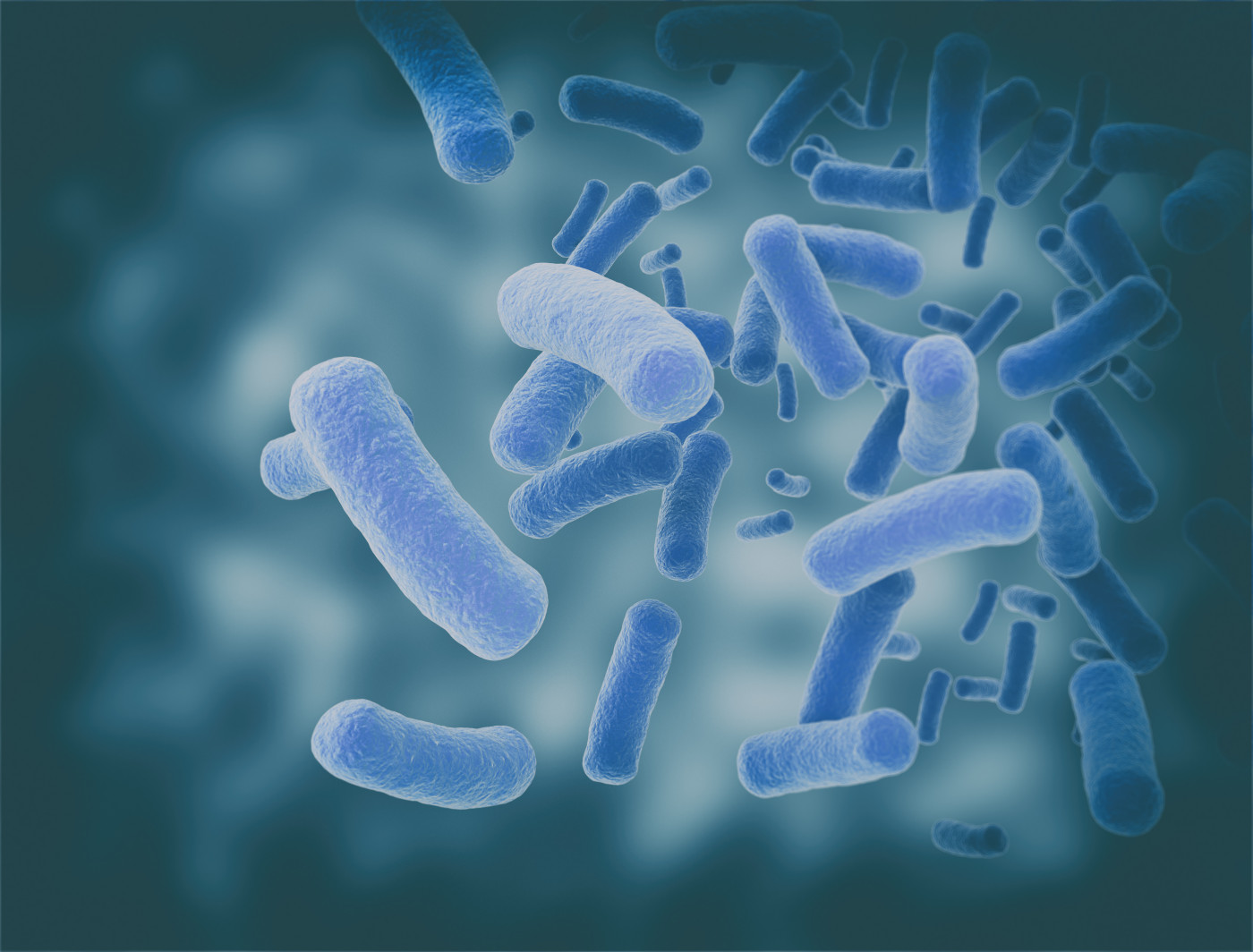Bacteria in Irish Soil Seen to Block Those Tied to Chronic Lung Infections

A species of antibiotic-producing bacteria able to inhibit the growth of antibiotic-resistant bacteria linked to chronic lung infections — found in the soils of Northern Ireland and long used in traditional medicine there — have been isolated and shown to have antimicrobial activity, researchers report.
The bacteria whose growth they were seen to limit include Pseudomonas aeruginosa and Staphylococcus aureus, both treatment resistant and known to cause lung infections in people with cystic fibrosis (CF).
“We are confident in the great potential of our most recent discovery to provide many interesting discoveries,” Hamid Bakshi, PhD, researcher at the School of Pharmacy and Pharmaceutical Sciences at Ulster University, and one of the study’s authors, said in a press release.
The helpful bacteria, called Streptomyces sp. CJ13, was isolated from a patch of limestone grassland soil in West Fermanagh, and have used for millennia to treat a range of ailments, including skin infections and digestive problems.
“These results demonstrate the potential of this alkaline grassland soil as a new resource for the discovery of a broad range of antimicrobial compounds including those effective against multiresistant … bacteria,” the researchers wrote.
Findings were reported in the study, “The Isolation of a Novel Streptomyces sp. CJ13 from a Traditional Irish Folk Medicine Alkaline Grassland Soil that Inhibits Multiresistant Pathogens and Yeasts,” published in the journal Applied Sciences.
According to the World Health Organization (WHO), 1.3 million people in Europe alone may die from infections caused by antibiotic-resistant bacteria by 2050. This has motivated a search for new sources of antimicrobial agents that might better fight against antibiotic resistance.
Gerry Quinn, PhD, the study’s first author and former resident of County Fermanagh in Northern Ireland, was familiar with the healing traditions of the region’s soil.
In a previous study, Quinn and his colleagues identified a species of bacteria living in the soil of an area of Boho, in the Fermanagh scarplands, that was able to block the growth of several strains of antibiotic-resistant bacteria, including the methicillin-resistant S. aureus (MRSA).
Since then, the team continued to explore the region’s soil as a potential source of new antibiotic-producing bacteria that could aid in the global fight against antibiotic resistance.
“The fact that traditional medicine is incorporated in many local folk tales led us to believe that there was a good possibility of finding strong antibiotic producing organisms in other locations in these limestone hills,” said Paul Facey, PhD, a researcher from Swansea University in Wales and one of the study’s authors.
In the new study, the international group of researchers — making up the Traditional Medicine Group — reported identifying a species of antibiotic-producing bacteria, called Streptomyces sp. CJ13, from a sample of this Irish soil.
After growing Streptomyces sp. CJ13 in lab dishes, the investigators placed small cultures of these bacteria in contact with species of harmful bacteria to evaluate their antimicrobial properties.
They found that Streptomyces sp. CJ13 was able to inhibit the growth of P. aeruginosa and S. aureus, two species often linked to chronic lung infections in CF patients. The antibiotic-producing bacteria was also able to halt the growth of Propionibacterium acnes, a species of bacteria often found in deep wounds that can cause serious infections, and the yeast Starmerella bombicola.
Although the antimicrobial compounds responsible for these effects are yet to be identified, researchers found evidence suggesting Streptomyces genes encoding these agents are similar to those controlling the production of known antibiotics like salinichelin, mediomycin A, and weishanmycin.
This points to the possibility that Streptomyces sp. CJ13 could be a new source of antimicrobial compounds that could aid in combatting antibiotic resistance. More are expected to be identified within the region.
“The discovery of new sources of antimicrobial compounds is still seen as a critical priority to contain the global spread of multidrug resistant diseases,” the researchers wrote. “We are certain that this isolate [Streptomyces sp. CJ13] represents a small fraction of the potential discoveries from this soil, which could serve as a new resource for future antibiotic discovery.”







